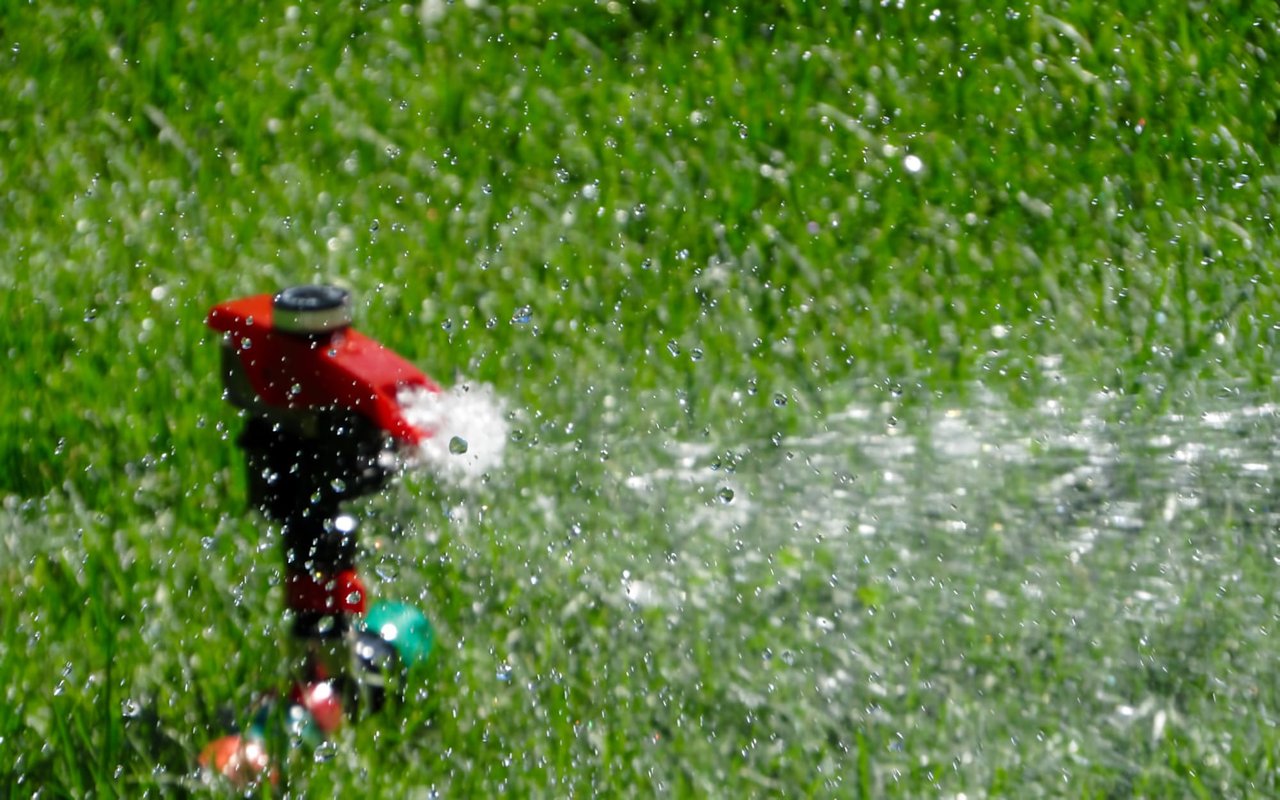In the charming city of Georgetown, TX, known for its historic architecture and beautiful landscapes, maintaining the integrity of your home starts from the ground up — literally. Your home's foundation is crucial for ensuring stability and preventing future costly repairs.
This comprehensive guide will walk you through the best practices and preventative measures to keep the foundation of your Georgetown home in top-tier condition.
Understanding Georgetown's Soil and Climate Impact
The Georgetown area is primarily characterized by its expansive clay soils, which are particularly sensitive to moisture changes. This type of soil tends to expand when wet and shrink when dry, which can lead to significant movement within your home’s foundation.
Seasonal Changes
In addition, Georgetown experiences hot summers and mild winters, which can exacerbate soil contraction and expansion. The intense heat can dry out the soil, causing it to shrink away from the foundation, while heavy rains can cause sudden expansion. This cyclical pattern can stress the foundation, leading to cracks and structural damage over time.
Regular Inspections Are Key
The first step in maintaining your home’s foundation is to conduct regular inspections. These assessments can help catch issues early before they escalate into more extensive problems.
What to Look For
-
Cracks in the Foundation: Small cracks may be normal, but large or expanding cracks might indicate considerable movement.
-
Doors and Windows that Stick: If your doors or windows begin to stick or fail to close properly, this could be a sign of foundation shifting.
-
Uneven Floors: Be alert to changes in the level of your floors, as this can be a telltale sign of foundation issues.
Professional Assessments
While homeowner inspections are crucial, it’s also wise to periodically have your foundation professionally inspected. Foundation experts can offer a more detailed analysis and spot signs that might be easy to overlook.
Maintain Consistent Soil Moisture Levels
Managing the moisture content of the soil around your home is critical in areas with expansive clay soils like Georgetown.
Water Your Foundation
During hot, dry periods, it’s advisable to use a soaker hose around the perimeter of your home to maintain soil moisture at a consistent level. Place the hose about 12-18 inches from the foundation and water slowly to allow moisture to seep into the soil evenly.
Proper Drainage
Conversely, ensure that excess water can drain away from your foundation effectively. Install gutters and downspouts that direct water away from your home, and consider slope adjustments in your landscaping to prevent water from pooling.
Address Plumbing Leaks Promptly
Water leaks from plumbing can have disastrous effects on your foundation as well. A small leak can change the moisture balance in the soil and lead to significant movement beneath your home.
Regular Plumbing Checks
Regularly check for leaks in your water lines, particularly those running beneath your house. Look for signs of moisture or unexplained increases in your water bill as indicators of potential leaks. If you discover any leaks, make sure to address them immediately. Even small leaks can lead to significant problems if left unresolved.
Invest in Proper Landscaping
Landscaping is not just about enhancing the aesthetic appeal of your home; it also plays a crucial role in maintaining the integrity of your foundation, especially in regions where soil conditions are prone to change. Thoughtful landscaping practices can prevent potential foundation issues, while neglect in this area can exacerbate existing problems.
Tree Placement
Be cautious about the placement of trees near your home. Trees with extensive root systems can draw moisture from the soil around your foundation, causing it to shrink and potentially leading to foundation issues. Ensure trees are planted far enough away from the house to keep roots away from the foundation. A good rule of thumb is to plant trees at least as far away from the house as their maximum mature height.
Shrubbery and Smaller Plants
While smaller plants and shrubbery pose less of a risk to foundations than large trees, their placement and watering needs still need to be managed carefully. When watering plants near your home, use drip irrigation systems to target water directly to the plant roots rather than widespread sprinkler systems. This minimizes water spread and helps keep the soil moisture levels near the foundation more stable.
Opt for native plants or those adapted to the local climate in Georgetown. These plants will generally thrive with less water and care, further reducing the risk of uneven soil moisture levels.
Hardscaping Elements
Incorporating hardscaping elements, such as paths, patios, and retaining walls, can also impact your foundation, depending on their design and placement.
-
Design Considerations: Ensure that any hardscaping elements have proper drainage to prevent water from pooling near the foundation. For example, slopes in patios or driveways should direct water away from the house.
-
Material Choices: Permeable materials for walkways and patios, such as pavers or gravel, allow water to seep through and maintain natural soil moisture levels without excessive accumulation.
Maintaining the foundation of your beautiful home in Georgetown, TX, requires diligence and an understanding of the local environmental factors. Remember, proactive maintenance is the key to avoiding costly repairs and ensuring your home remains stable and secure long-term.
When you’re ready to find a Georgetown, TX, home of your own, partner with
The Chris and Kristi Team at eXp Realty for trusted guidance every step of the way.










